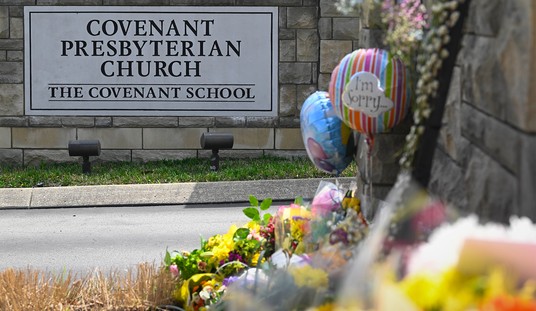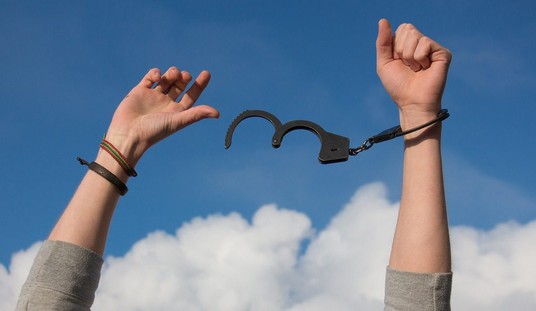According to gun control activists and anti-gun politicians, what’s happening right now in Dallas, Texas should be impossible. Their theory is that more guns, as well as more gun owners carrying them equates to more crime, which is supposedly why we need to curtail the constitutionally-protected rights of law-abiding Americans.
And yet, Dallas is defying their predictions. More than a year after permitless carry became the law of the land in the Lone Star State, violent crime has noticeably declined… and so too have the total number of arrests; not because police are ignoring lawbreakers, but because the police chief has a strategy of prioritizing action aimed at the relatively small number most prolific and violent offenders instead of casting a wide net over the general public.
Part of that strategy involves mapping out the city in a small series of grids, which allow police to better respond to localized hot spots of criminality. Chief Eddie García says the grids are about the size of a football field, and police aren’t trying to enforce every law on the books in each grid; instead they’re focused on those perpetuating the violent crimes in the area.
While García and his criminologist partners at the University of Texas at San Antonio haven’t studied every category in which arrests are down, they do know the numbers have dropped in the grid areas.
García believes the large decrease in arrests is “a positive thing for our community, for the department and the city. But next we need to drill down into the why.”
Just days from marking his two-year anniversary as Dallas’ top cop, García offered a new analogy to help Dallas residents better understand the city’s overall crime-reduction strategy.
Rising violent crime is a disease and priority one is bringing down the fever. The police department, with its focus on the high-crime grids, is the fever reducer. You can’t ignore the fever, but you have to deal with the root problem too.
“If you just administer the Advil, over time the pain reliever will begin to have minimal impact,” García said. “What does the bottle say? ‘If the fever persists, see the doctor.’”
Mayor Eric Johnson gets this, and he’s developed a strong reputation nationally for what he calls the “kitchen sink” approach — robust community solutions and strong policing, both done with evidence and data.
As long as those “community solutions” don’t involve infringing on the right to keep and bear arms and there’s accountability and transparency regarding the tax dollars spent on them, I’m all in favor. But you also need a clear commitment to not only identifying and offering a way out for those most at risk of becoming a violent offender or a victim, but genuine consequences for those who reject the help that’s given to them. That means no plea deals on future charges, time-served sentences, or community service. Instead, their cases get kicked up to federal court whenever possible, where they face longer sentences and little time off for good behavior behind bars.
This strategy isn’t new; it actually dates back to the mid-1990s, when it was deployed on a trial basis in Boston in an effort to reduce juvenile homicides. It wildly exceeded expectations, with murders declining by more than 50%, and has been implemented in dozens of cities around the country since. The Ceasefire strategy doesn’t work every time; jurisdictional turf wars or even personality conflicts between various stakeholders can derail the united front that’s required from law enforcement and community activists when implementing the plan, and incoming mayors and city council turnovers can lead to the project getting torpedoed by those who weren’t involved in the original planning and execution. But when egos and politics are set aside in favor of delivering results, amazing things can happen.
Miraculous, even, at least if you buy into the anti-gunners’ theories. There’s no way that a city the size of Dallas should see both violent crime and arrests drop after permitless carry took effect under the “more guns, more crime” operating ideology of the gun control lobby. Maybe you could make a case that arrests would naturally decline; after all, more people can carry a firearm without a concealed carry license than they could before. But that doesn’t explain the significant decline in violent crime, particularly in those 47-football-field-sized sections of the city where García and the department have determined shootings, stabbings, beatings, and other violent acts are at their worst. According to the anti-2A activists, the entire state of Texas should be a war zone right now thanks the permitless carry law, and no amount of focusing on the most violent offenders would be able to make up for the sheer amount of mayhem committed by formerly law-abiding gun owners.
That is definitely not the case. Dallas isn’t a crime-free utopia, but it’s trending in the right direction… and respecting the fundamental right to bear arms isn’t getting in the way of pursuing violent offenders or the efforts to help them change their ways. We don’t need more gun control to fight violent crime, and we don’t need more laws on the books to do it either. We can start by making reducing violence the top priority… not reducing legal gun ownership.









